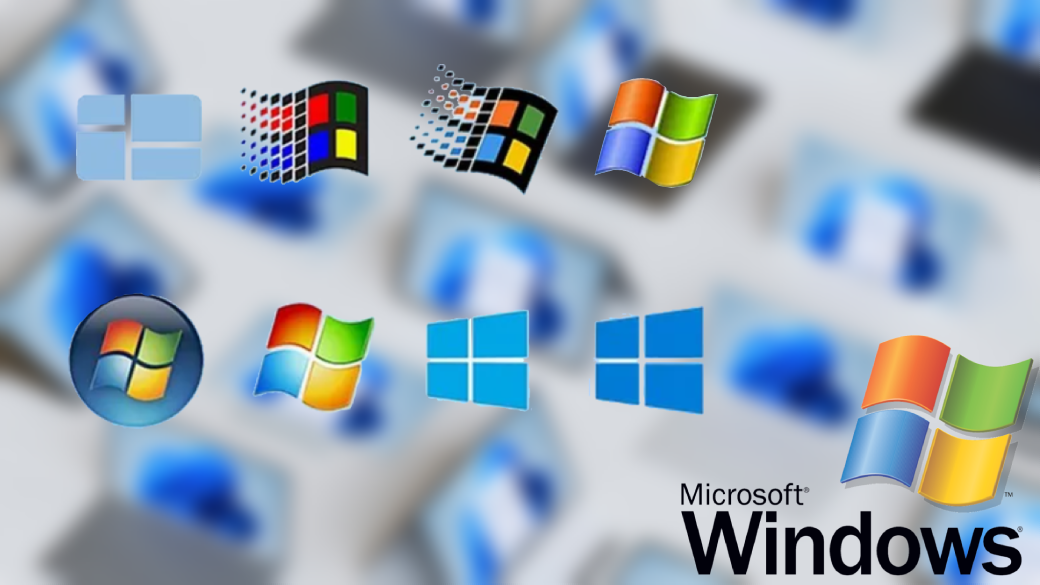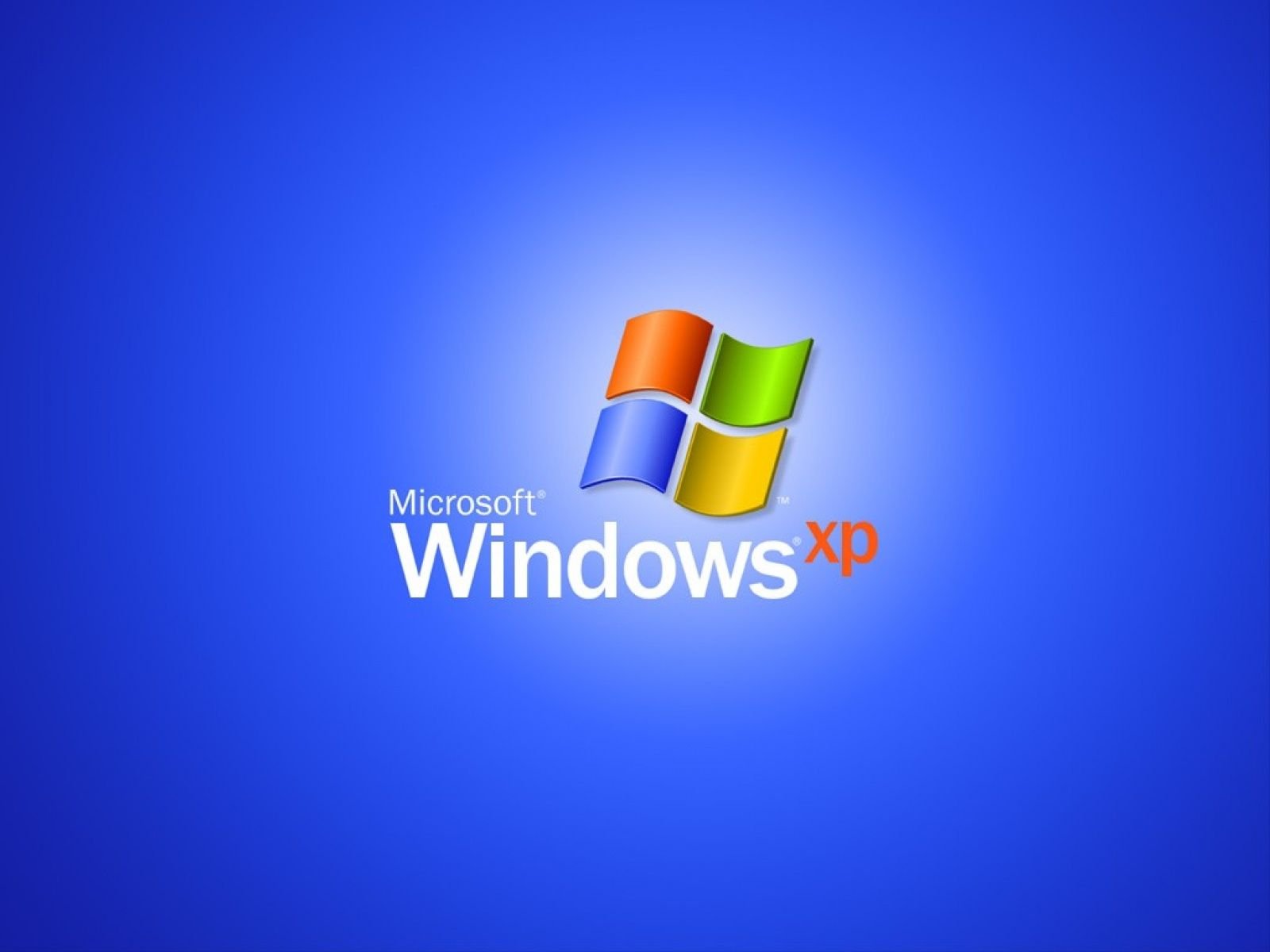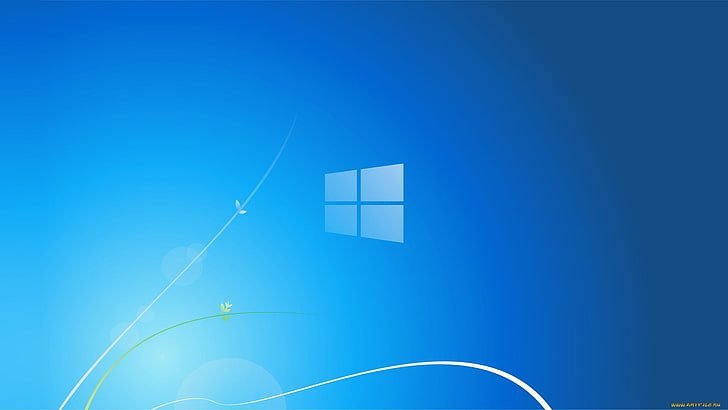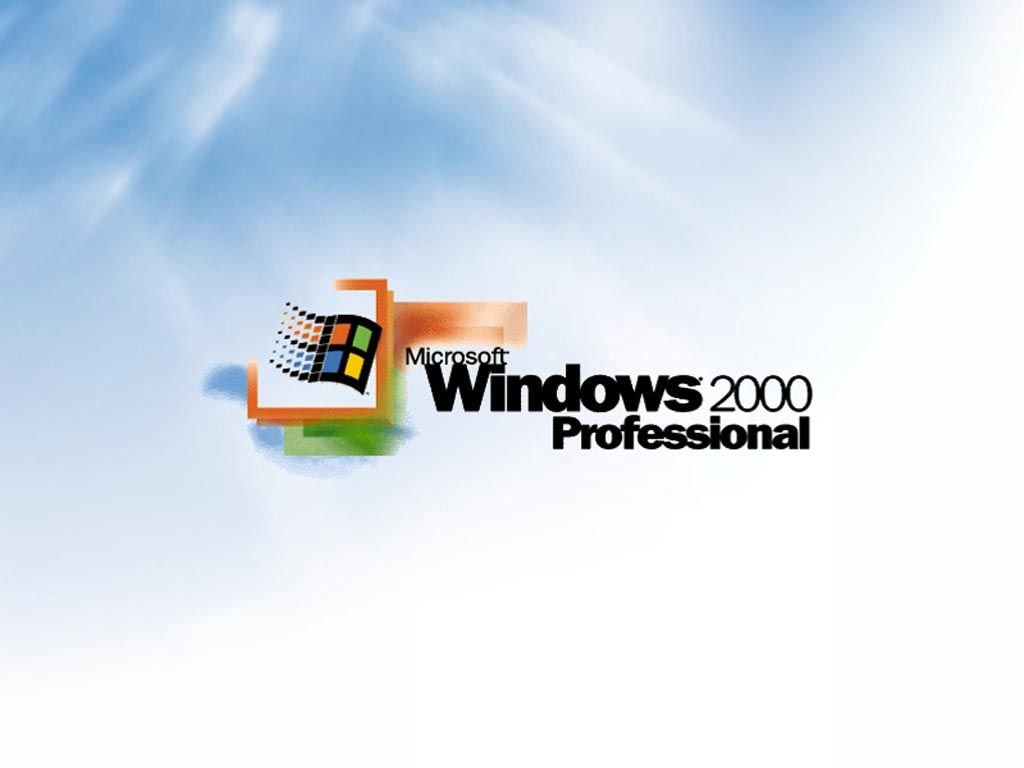Microsoft’s widely used Windows 98 operating system was unveiled in 1998. It was the second significant update to the Windows 95 operating system, and its goals were to deliver better performance, improved multimedia support, and increased Internet accessibility.
A 486 DX-based PC with a clock speed of at least 66 MHz, 16 MB of RAM, and a hard disk with at least 135 MB of free space were the minimum specifications for Windows 98. Microsoft advised a Pentium-based PC with a minimum of 32 MB of RAM and a minimum of a 2 GB hard drive in order to fully utilize the features of the operating system.

The Internet Explorer 4.0 web browser, enhanced plug-and-play device support, and the inclusion of Microsoft’s DirectX multimedia API were just a few of the new features that came with Windows 98. Additionally, it included a brand-new technology known as “Active Desktop,” which permitted users to interact with live web content right from their desktops. In addition, the operating system offered several stability and performance enhancements over Windows 95, including better support for memory-intensive applications.
Support for the Universal Serial Bus (USB) standard was one of Windows 98’s most notable upgrades. This facilitated faster data transfer rates and made it simpler to connect peripheral devices to a computer. Additionally, Windows 98 introduced improved hardware acceleration support, enabling faster 3D graphics and video playback.
Although Windows 98 was a well-liked operating system at the time, Windows 2000 and Windows Me eventually replaced it. On July 11, 2006, Microsoft stopped providing support for Windows 98, making it an “obsolete” product in accordance with the Microsoft Lifecycle Policy. The operating system is still a favorite among some hobbyists and retro computing enthusiasts, and it is still used for a variety of purposes on older systems.






